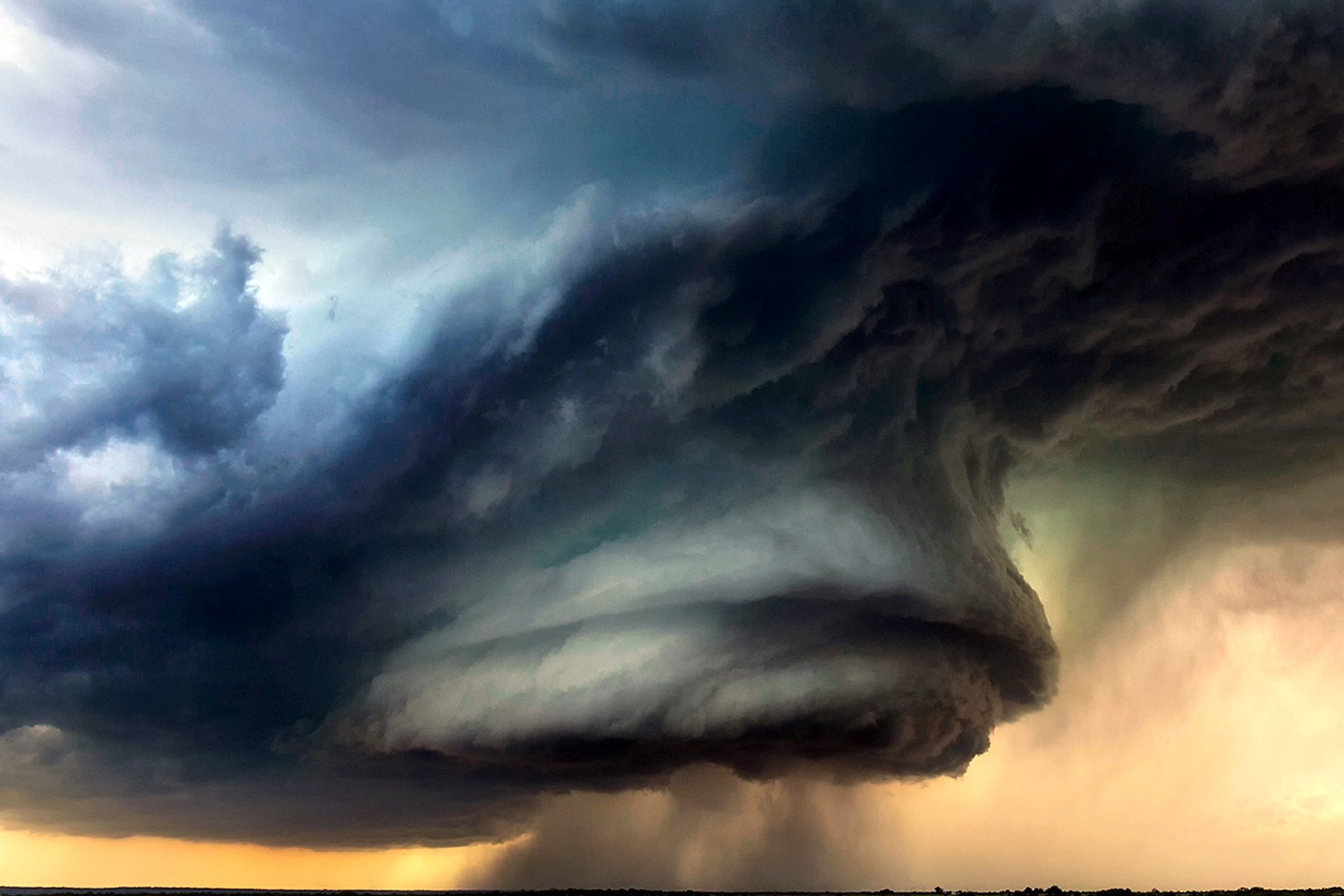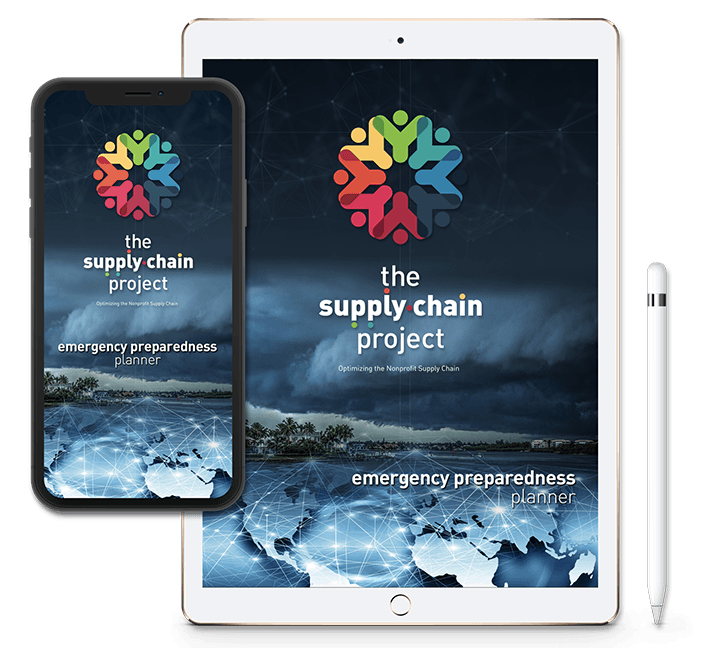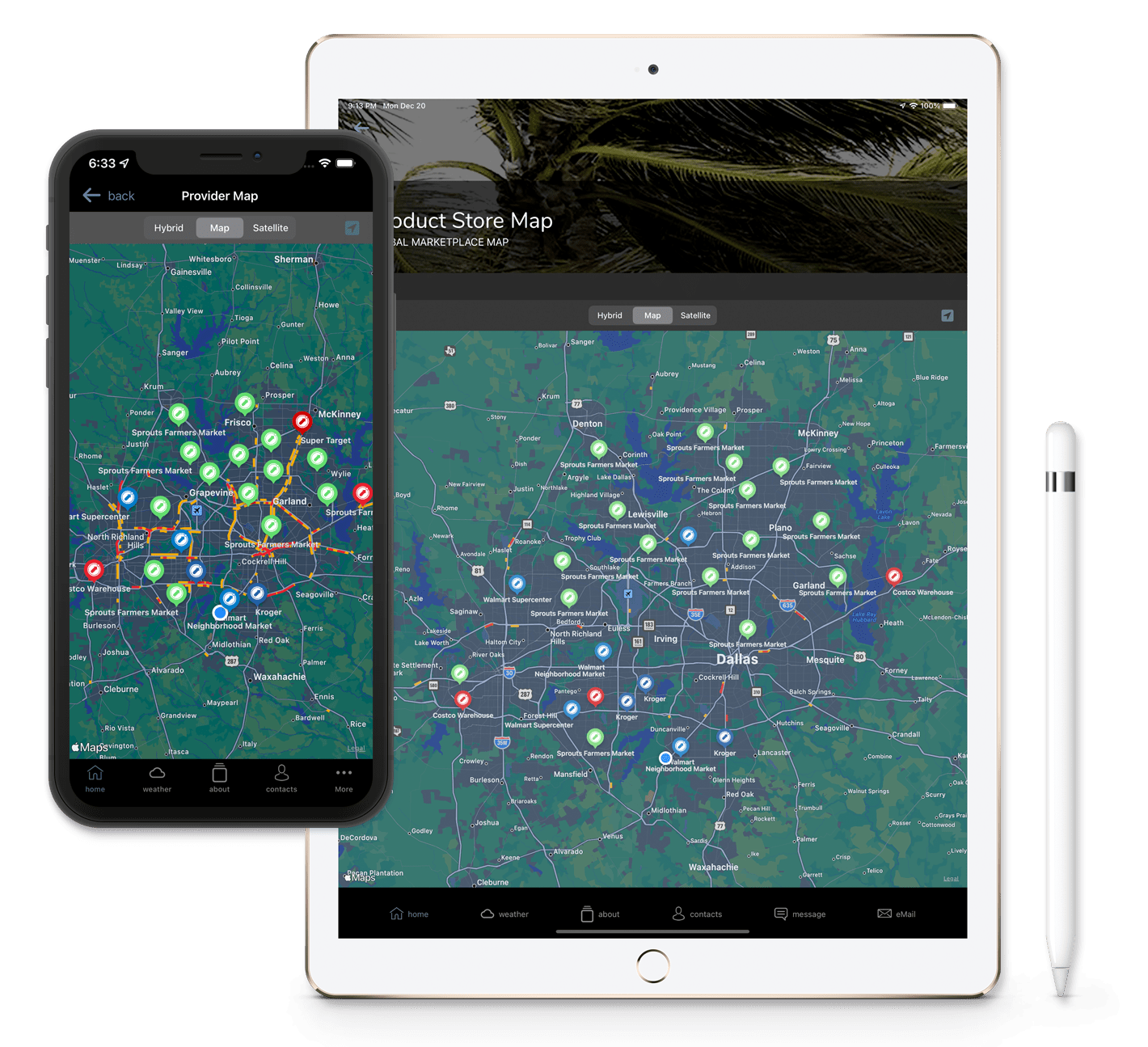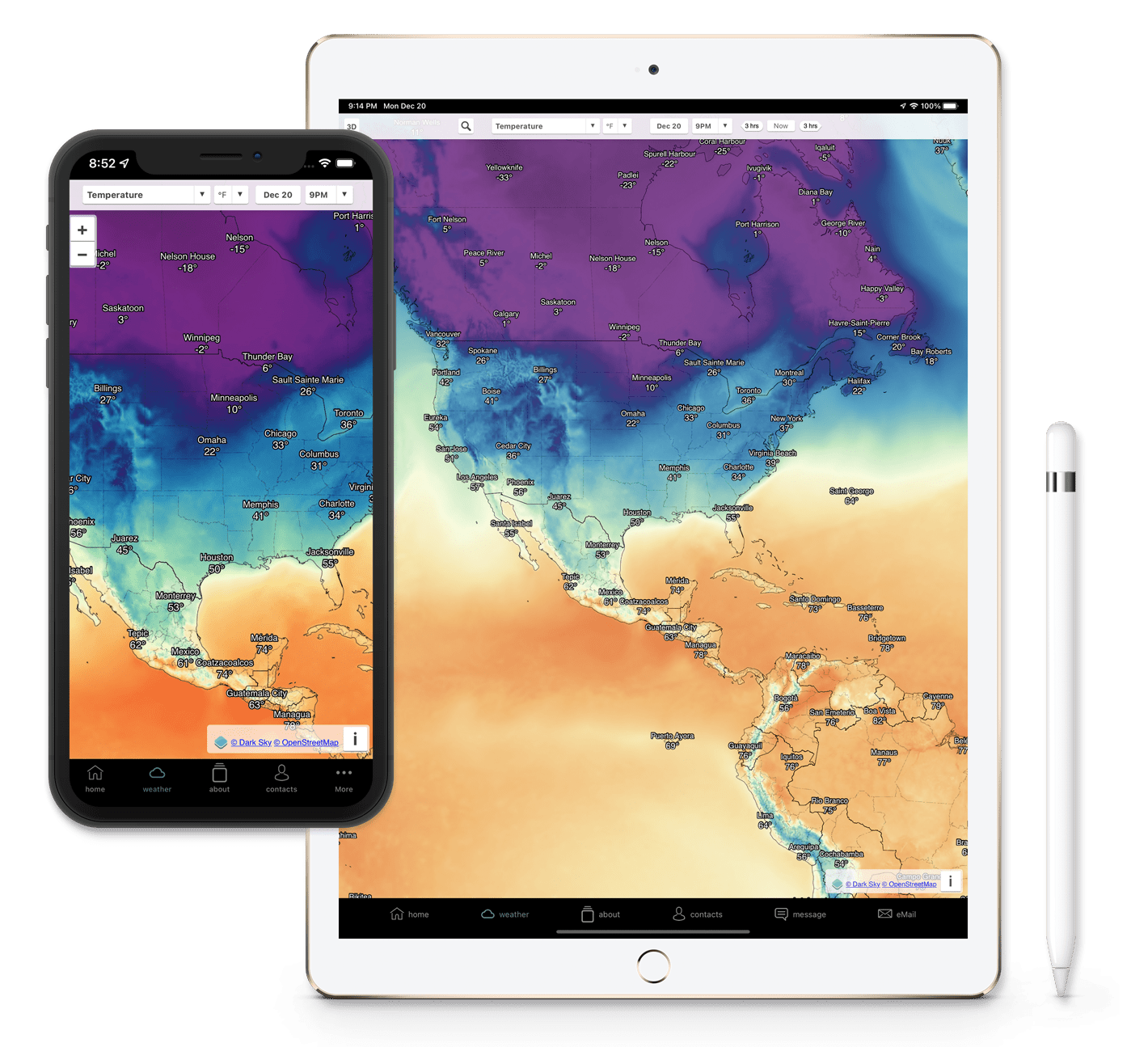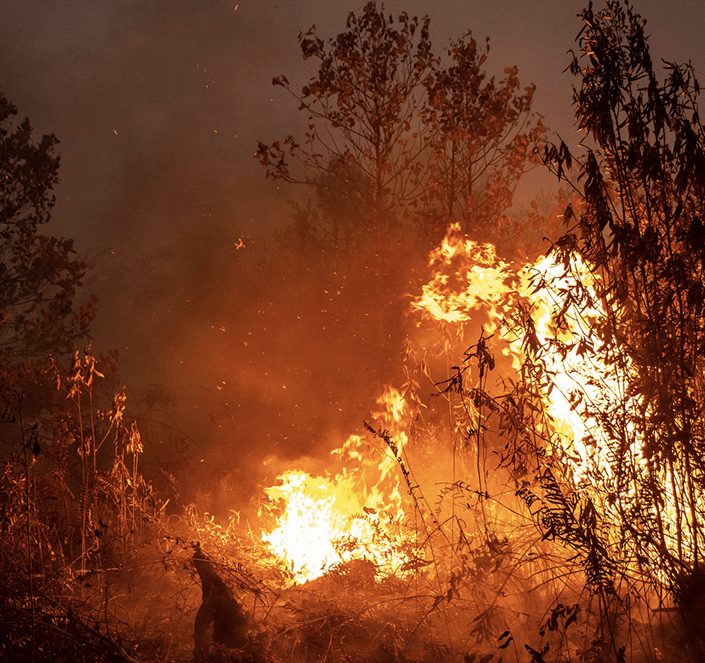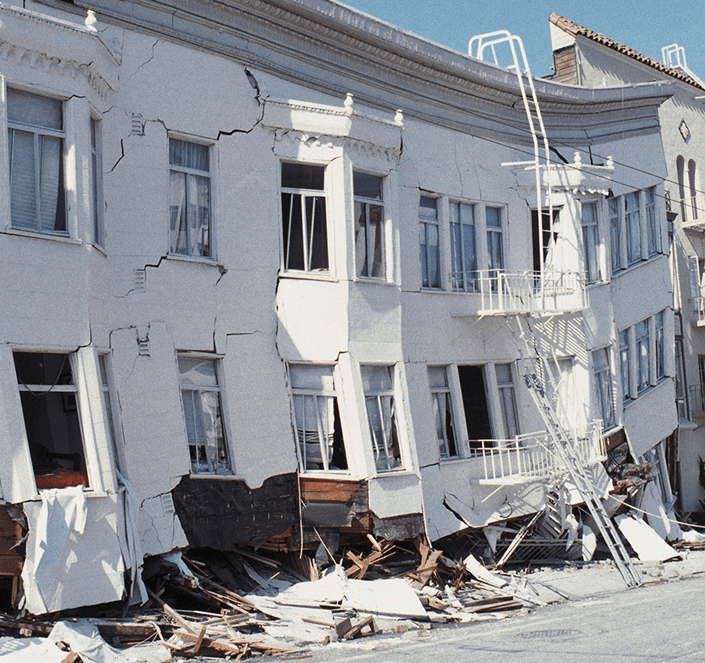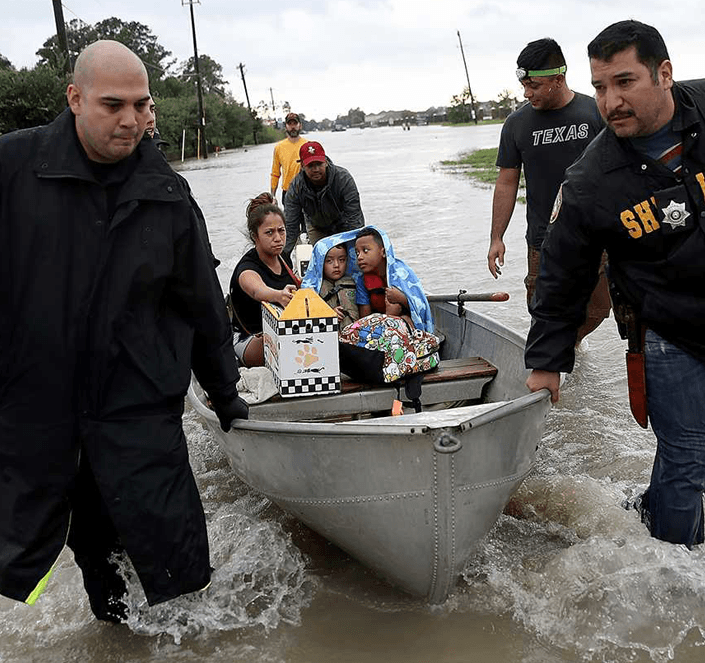- Preparing for Disaster
- Natural disasters include tornadoes, floods, wildfires, earthquakes, and hurricanes. Man-made disasters include events such as power outages, arson, terrorist attacks, and radiation threats.
- Some of the steps that a business or family can take to prepare for an emergency are the same for either a natural or a man-made disaster. For example, a well-stocked medical supply kit is valuable regardless of the type of disaster.
- Natural disasters include tornadoes, floods, wildfires, earthquakes, and hurricanes. Man-made disasters include events such as power outages, arson, terrorist attacks, and radiation threats.
Only 39% of Americans have developed an emergency plan and discussed it with their family.
What about those—where everyday is emergency planning?
Lack of emergency or disaster preparedness planning among at-risks and people experiencing homelessness are often the first and most severely affected group during disasters.
- Do you know what to do to stay safe during an earthquake? What about in the event of a tornado? How will you reconnect with your family following a major disaster or emergency?
- Get engaged, Get prepared and Be ready today for what may happen tomorrow. Only by making certain we as individuals are prepared for a disaster, will we be able to ensure the safety of our families and assist our communities.
- You and your family members may not be in the same place when an emergency happens. It is important to plan ahead, talk about- and practice - what to do during and after an emergency. Discuss how you will get to a safe place, get in touch with each other and get back to each other.
- Situational awareness helps you learn where new resources can be located.
- Understanding situational awareness one has to understand the context at the moment. The environment after a natural disaster is a complex one. Situational awareness can help give you additional tools to deal with things in this super-charged environment. Organizations will need to find their people and get them to work quickly.
- Remember after the dust settles in a disaster, everyone else in the neighborhood is going through the same process as you. After a disaster, critical resources then become things like glass companies, roofers and hardware companies.
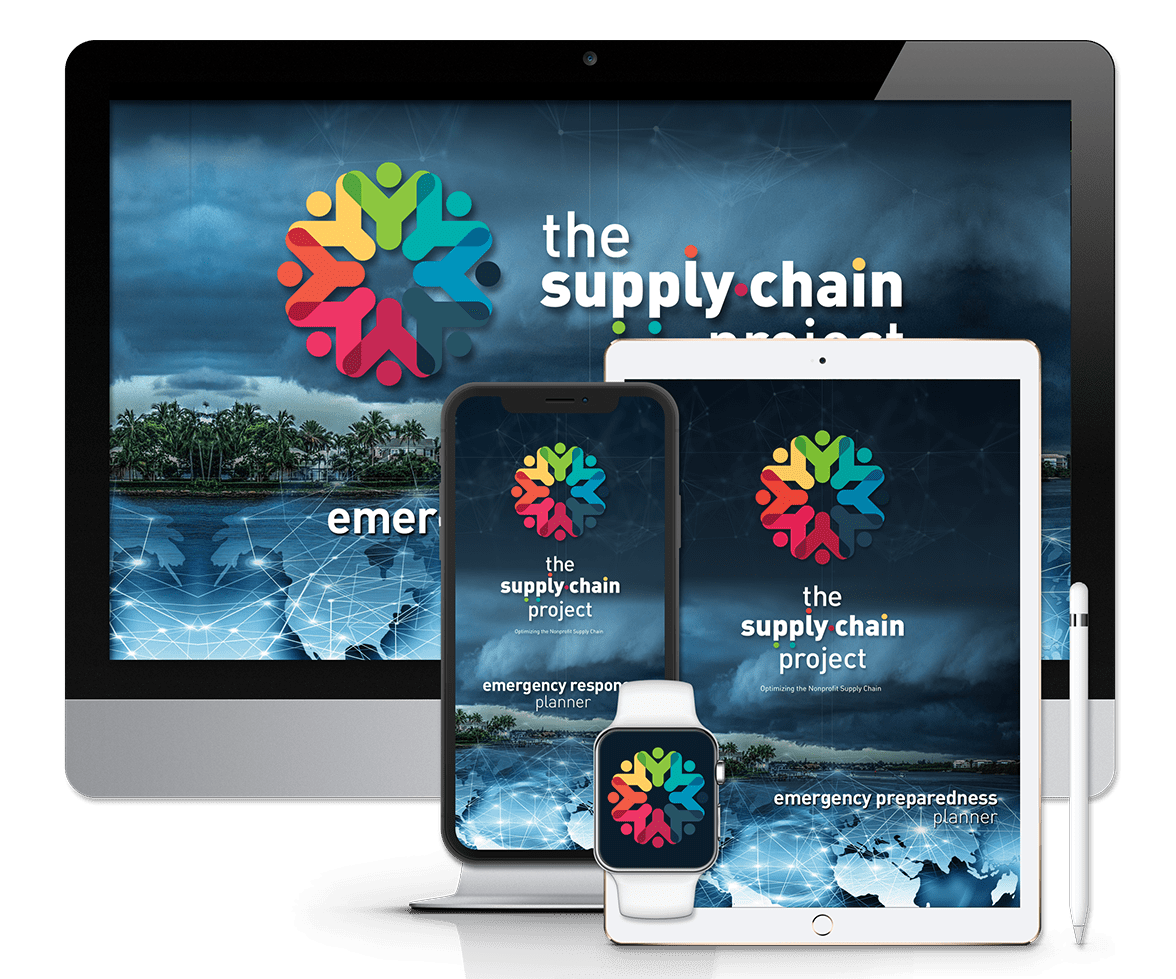
Current Temperature Map
Keeping our communities safe, secure and productive
-
Disaster Preparation
-
Family Preparation
- A disaster can strike a family with little or no notice.
- It can cause people to evacuate a home immediately, or it may confine people to their home. Basic services—such as electricity, gas, water, and telephone services—may be cut off for extended periods of time.
- A family disaster plan helps families prepare for these types of adverse situations and mitigate the devastating effects of a disaster.
- A disaster can strike a family with little or no notice.
-
Business Preparation
- There is much that a business leader can do to prepare his or her organization for the most likely hazards.
- There are numerous government programs that can assist business leaders make a preparedness plan to get ready for these hazards.
- Businesses and their staff face a variety of hazards:
- Natural hazards like floods, hurricanes, tornadoes, and earthquakes.
- Health hazards such as widespread and serious illnesses like the flu.
- Human-caused hazards including accidents and acts of violence.
- Businesses and their staff face a variety of hazards:
- There are numerous government programs that can assist business leaders make a preparedness plan to get ready for these hazards.
- Training and Exercises
- Train personnel so they are familiar with detection, alarm, communications, warning and protection systems. Review plans with staff to ensure they are familiar with their role and can carry out assigned responsibilities.
- There is much that a business leader can do to prepare his or her organization for the most likely hazards.
-
Communicating with Employees
- Following a disaster in the community, it is in the best interest of the business to communicate with all employees. Employee information, typically compiled in a human resource information system, includes home addresses and telephone numbers. Consider asking for additional information including home email addresses and cellular telephone numbers (for text messaging/SMS). Also, request the name and contact information of a family member or friend who can be reached in an emergency.
-
Employee Assistance
- Many employers have employee assistance plans (EAP) and providers. Services include access to professionals who can assist employees to deal with the emotional impacts of a disaster. Employers can also arrange for services from professionals within the community. Reach out to public officials and mental health providers within the community to identify services that may be available to employees.
Situational awareness development | emergency preparedness planning
- The actions taken in the initial minutes of an emergency are critical. A prompt warning to employees to evacuate, shelter or lockdown can save lives. A call for help to public emergency services that provides full and accurate information will help the dispatcher send the right responders and equipment. An employee trained to administer first aid or perform CPR can be lifesaving. Action by employees with knowledge of building and process systems can help control a leak and minimize damage to the facility and the environment.
- The first step when developing an emergency response plan is to conduct a risk assessment to identify potential emergency scenarios. An understanding of what can happen will enable you to determine resource requirements and to develop plans and procedures to prepare your business. The emergency plan should be consistent with your performance objectives.
- At the very least, every facility should develop and implement an emergency plan for protecting employees, visitors, contractors and anyone else in the facility. This part of the emergency plan is called “protective actions for life safety” and includes building evacuation (“fire drills”), sheltering from severe weather such as tornadoes, “shelter-in-place” from an exterior airborne hazard such as a chemical release and lockdown. Lockdown is protective action when faced with an act of violence.
- When an emergency occurs, the first priority is always life safety. The second priority is the stabilization of the incident. There are many actions that can be taken to stabilize an incident and minimize potential damage. First aid and CPR by trained employees can save lives. Use of fire extinguishers by trained employees can extinguish a small fire. Containment of a small chemical spill and supervision of building utilities and systems can minimize damage to a building and help prevent environmental damage.
- Some severe weather events can be forecast hours before they arrive, providing valuable time to protect a facility. A plan should be established and resources should be on hand, or quickly, available to prepare a facility. The plan should also include a process for damage assessment, salvage, protection of undamaged property and cleanup following an incident. These actions to minimize further damage and business disruption are examples of property conservation.
